 Here is a both a request and proposal for the Anglican Ordinariate, if I may be so bold.
Here is a both a request and proposal for the Anglican Ordinariate, if I may be so bold.
Can you produce a version that can be reduced to a short booklet that contains the psalter and the unchanging prayers? If in addition to that we can find a way for the changing parts to be supplied by smart phone then I think that you will have something that will really catch on. It will be simple to use and cheap.
If the Ordinariate would produce something like this, then I for one would use it and promote it tirelessly. I know of several others who would be just as enthusiastic to see such a thing. Furthermore, I am ready to create online courses at Pontifex University that teach the singing of the Office in the home, and this would be my prefered option to recommend to families and lay people.
The Customary of Our Lady of Walsingham is wonderful but complicated to use and I'm never quite sure if I am getting those parts proper to the day right - and I am reasonable adept at breviary navigation. I have spoken to a number of lay people who bought it and gave up. This would work well for religious and those especially devoted to the Office who are likely to take the time to work out what
I am a great fan of the Divine Office as given to us by the Ordinariate because I think that it creates the possibility of greater take up of the praying of the Office by lay people. It offers the chance of praying the full psalter (ie no missing cursing psalms) in English in a translation that is both poetic and accessible. I have written about this in previous articles, such as this one here: The Anglican Ordinariate Divine Office - A Wonderful Gift for Lay People and a Source of Hope for the Transformation of Western Culture. (And incidentally, if you think I was resorting to hyperbole in the title of that article, I wasn't. I really to do believe that it has this potential.)
Looking at the general guide for Morning and Evening Prayer for the Personal Ordinariates (which consitutes a recitation of the full Office), and drawing on its application in the Customary, I think that I can get the psalms for the day and all that is specified in the table below from the St Dunstans Psalter. I would prefer to be using something similar that came with an endorsement from the Ordinariate.
What is missing in the St Dunstan's Psalter are the readings and collect for the day. I can get most of this from Universalis.com via my smart phone. The morning readings are the same as those that are in the Office of Readings. What I don't have is a readily accessible source for the Old and New Testament Lesson for Evening Prayer which is according to an established lectionary - can anyone tell me a website or other source where I might get this easily?
Although the hymn is not mandatory, if I want to use a traditional Office hymn for the day I always go to the Illuminare Publications hymnal.
The other request relates to the way that the psalms are set out. My goal is to sing everything. So please point the psalms so that the natural emphasis of speech is pointed. Then people will compose psalm tones, ideally based upon the traditional gregorian tones, that will conform to this method. If this becomes standard, then there will be the following advantages:
Every psalm tone can be applied to any psalm. That means that for people who are just learning, all they need to know is one psalm tone and they can sing the whole psalter. If they gradually learn two, three or more psalm tones then they can use those too and quickly it become interesting enough for them to be likely to keep doing it. In this system, people can learn many tones and still use this psalter - ie it allows for those with the knowledge of just one tone or those who wish to use 120 tones to have the same psalter. Also, if this pointing method becomes standard, then many people will start to compose, and as new and better tones are developed, they can easily be adopted. This allows for the possibility of chant for the vernacular as a living tradition which steadily improves and develops and really starts to connect with people.
When I sing tones to the St Dunstan's Psalter, I ignore the pointing and the tones they give, and I have pointed the text myself according to this method and then I sing tones develop as above. This allows me to teach people to sing it very quickly and I have a regular mens group consisting mostly of people who have never sung the Office before, who are now enthusiastically singing it each Wednesday evening!
This would be in contrast to nearly every other psalter that I have seen in which even if there is some accomodation for singing, the psalm is pointed to fit a particular melody - such as the Mundelein Psalter. The disadvantage of this is that unless you know every tone already, or are musically literate enough to be able to sight read chant, you cannot sing the whole psalter. So beginners tend not to persevere. At the other end of the spectrum, those who are experienced with chant find it too dull. There are only eight or so tones, and this becomes boring very quickly. Furthermore, there is no scope for development of new tones that can be used with this psalter, as every psalm is pointed to fit a particular melody. The result is that you use their tones or nothing, and if you don't like them you're stuck with them.
fyi the first week of the Pontifex University free Advent meditation has a class on singing the Office complete with a description of how to point the psalms and apply our psalm tones.
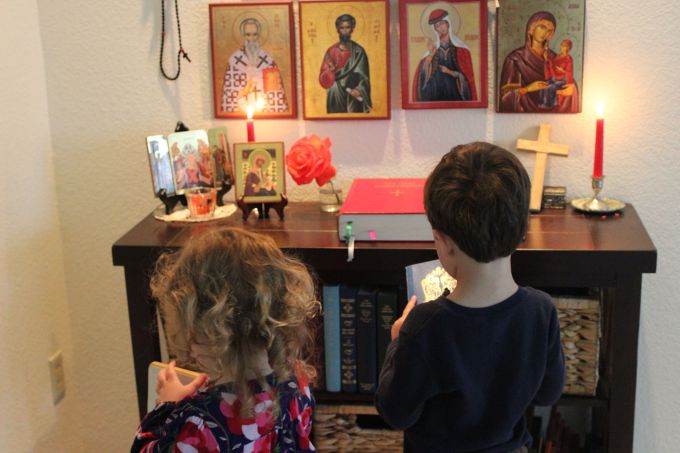








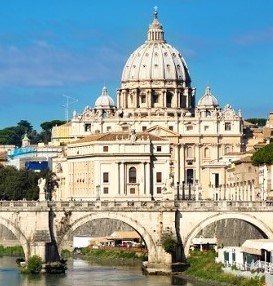


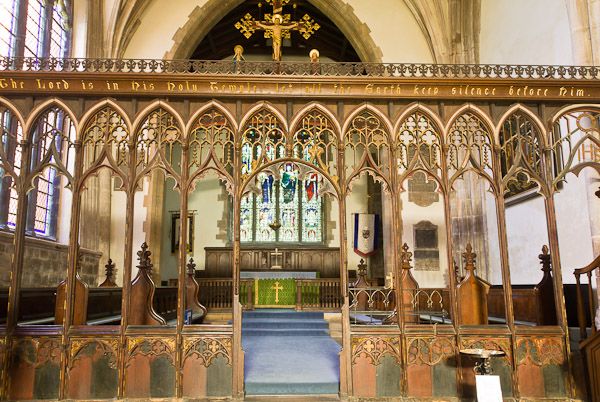












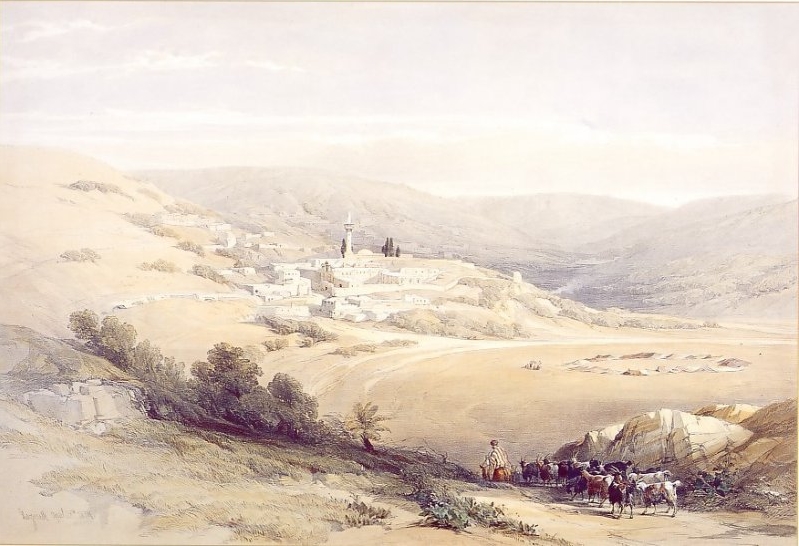 The Melkite Rite, which has its origins in the Middle East, is one of the Byzantine rites of the Catholic Church. The traditions of the Melkite Church reach back to Apostolic times, and bear eloquent witness to the harmonious interplay between Catholic liturgy and the culture of the region in which that liturgy developed.
The Melkite Rite, which has its origins in the Middle East, is one of the Byzantine rites of the Catholic Church. The traditions of the Melkite Church reach back to Apostolic times, and bear eloquent witness to the harmonious interplay between Catholic liturgy and the culture of the region in which that liturgy developed.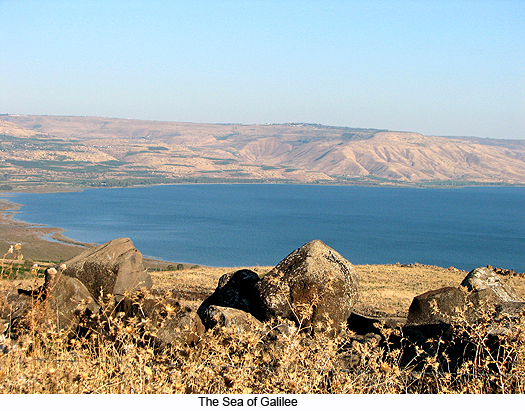
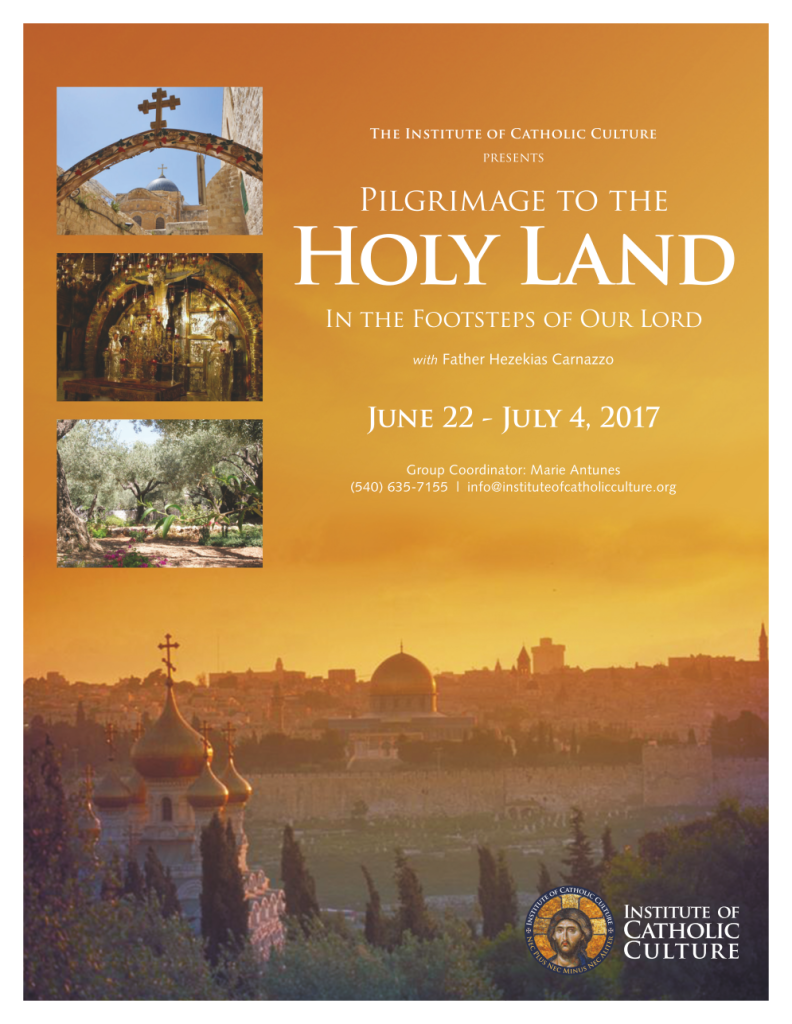


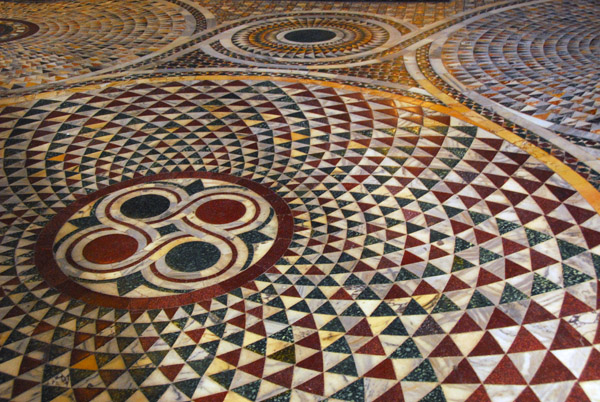




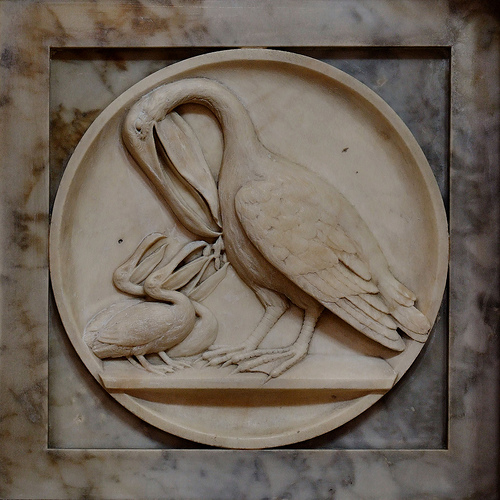




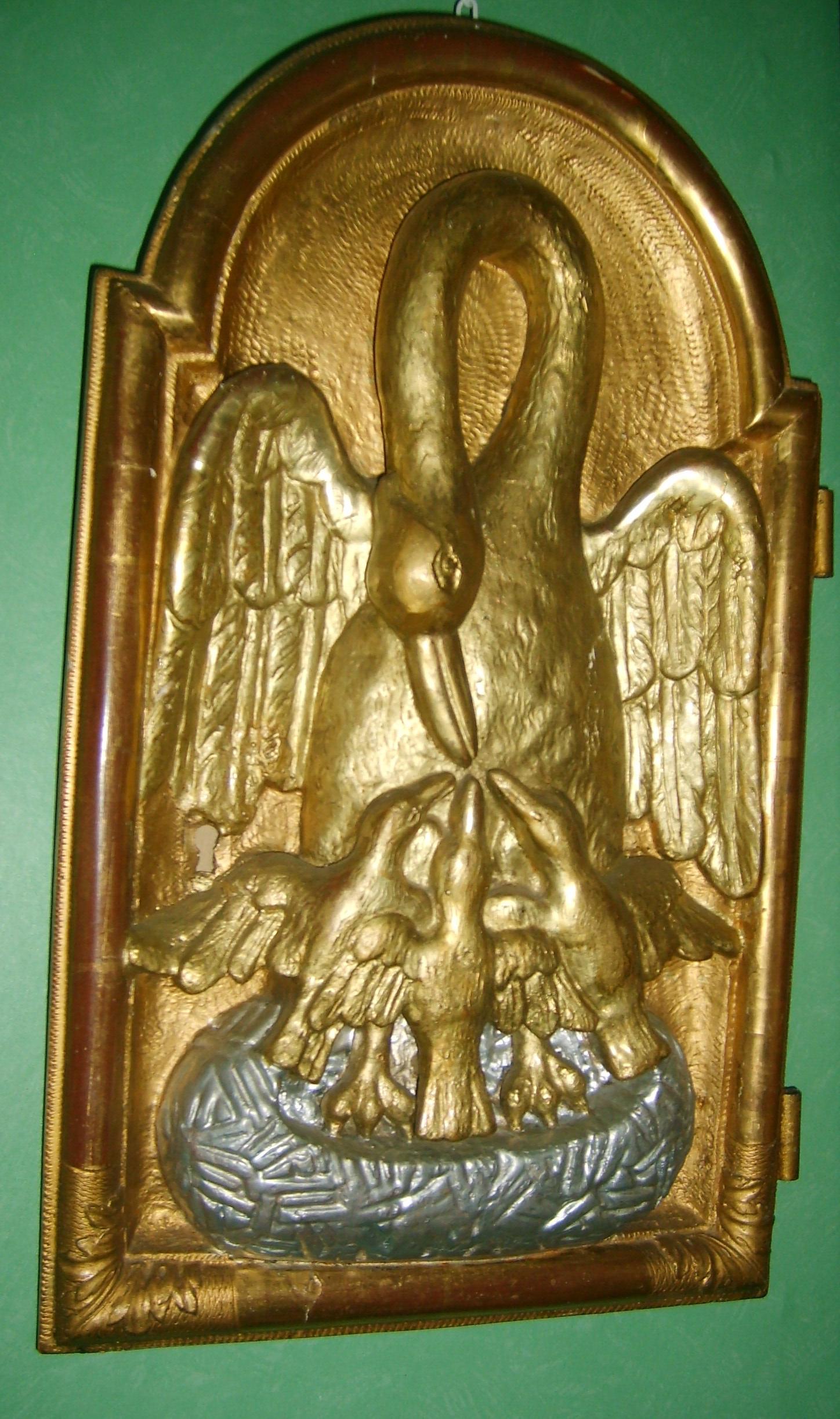


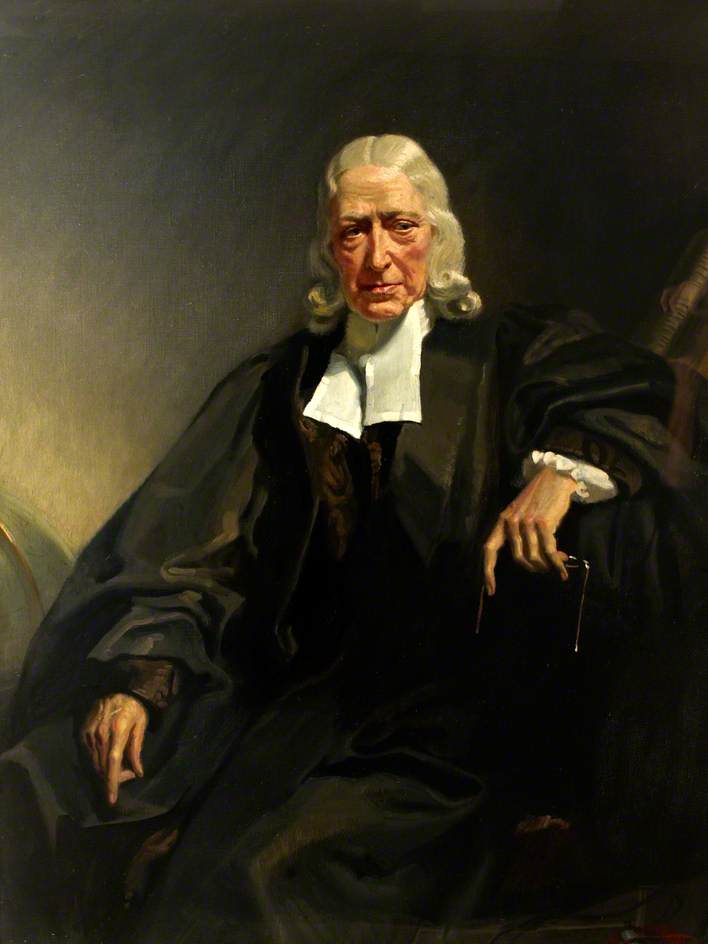

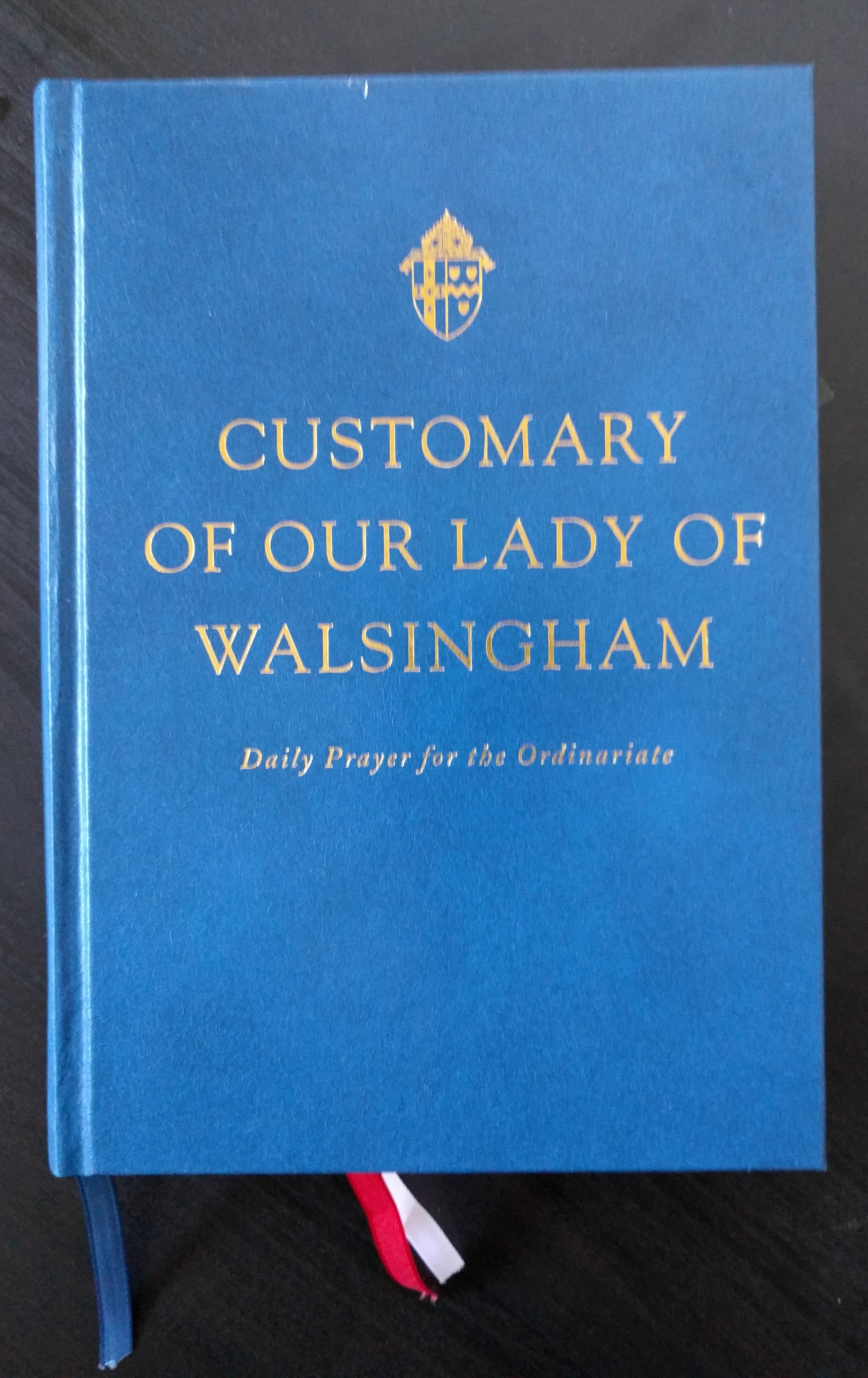

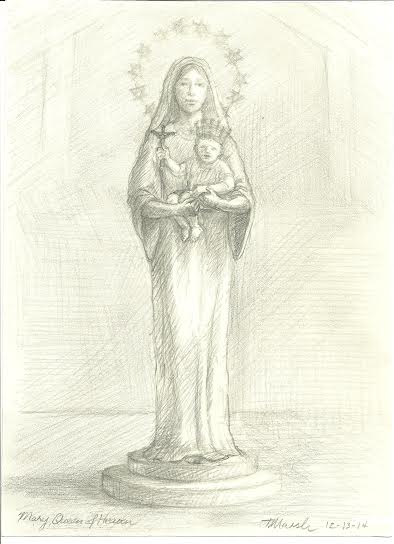









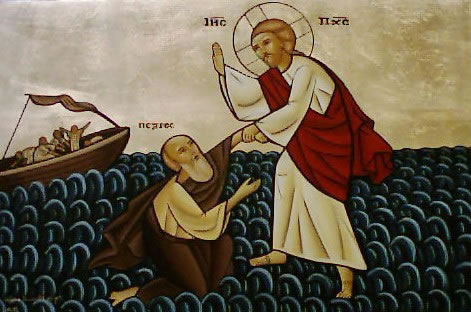
 Here is an article by my friend, Keri, who is an icon painter and teacher. I am delighted that she will be teaching courses at Pontifex.University in the coming months. Keri writes:
Here is an article by my friend, Keri, who is an icon painter and teacher. I am delighted that she will be teaching courses at Pontifex.University in the coming months. Keri writes: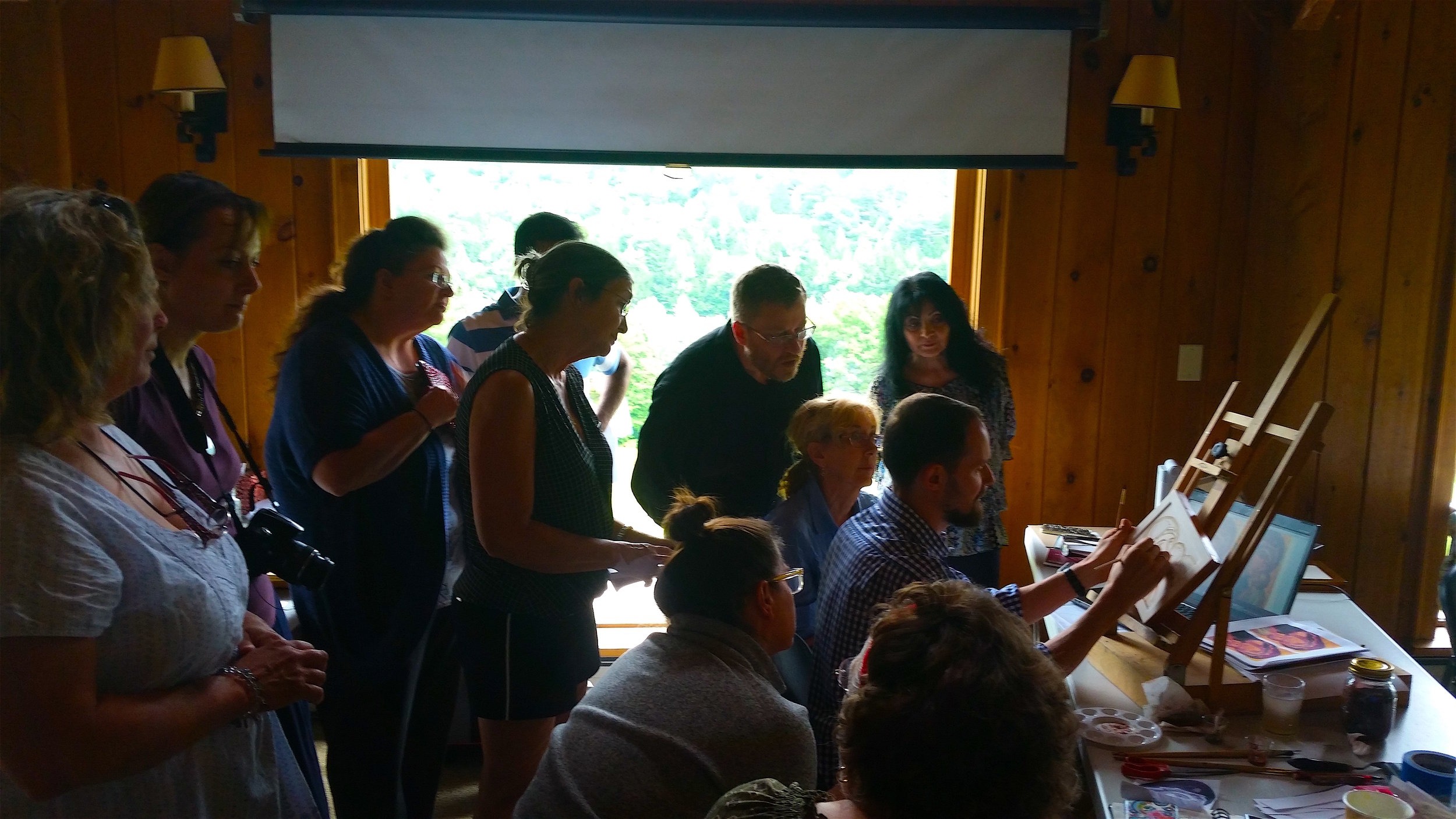

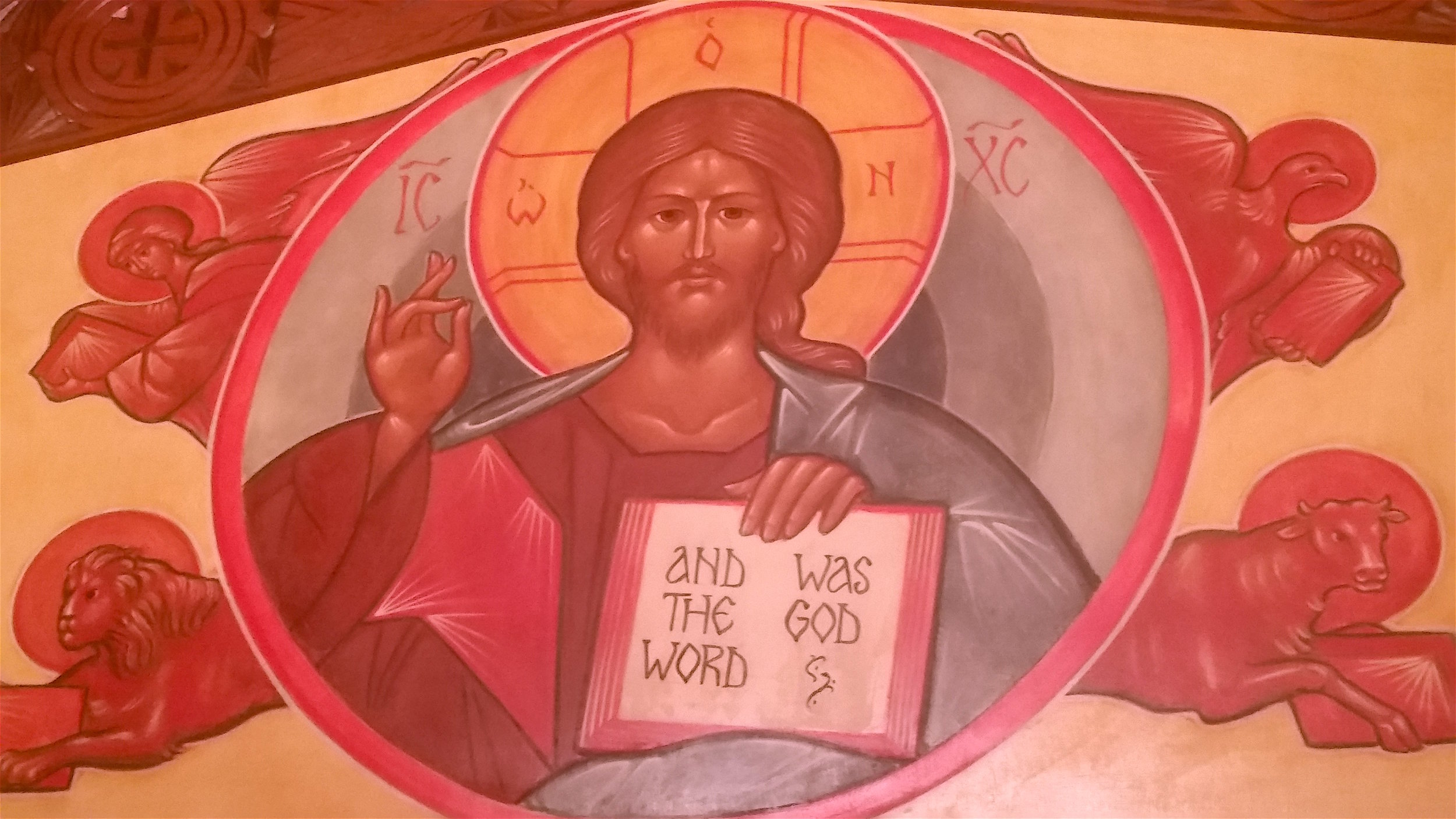

















 Here is another piece by philosopher and member of the faculty of Pontifex University, Dr Carrie Gress. This first appeared on the university blog,
Here is another piece by philosopher and member of the faculty of Pontifex University, Dr Carrie Gress. This first appeared on the university blog, 




